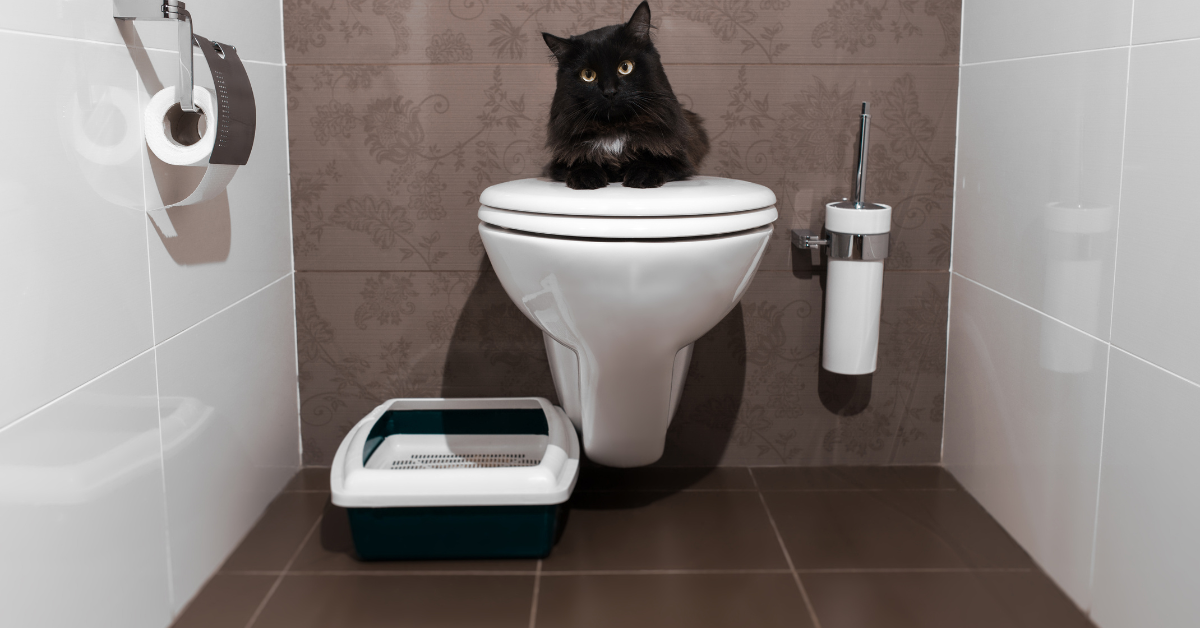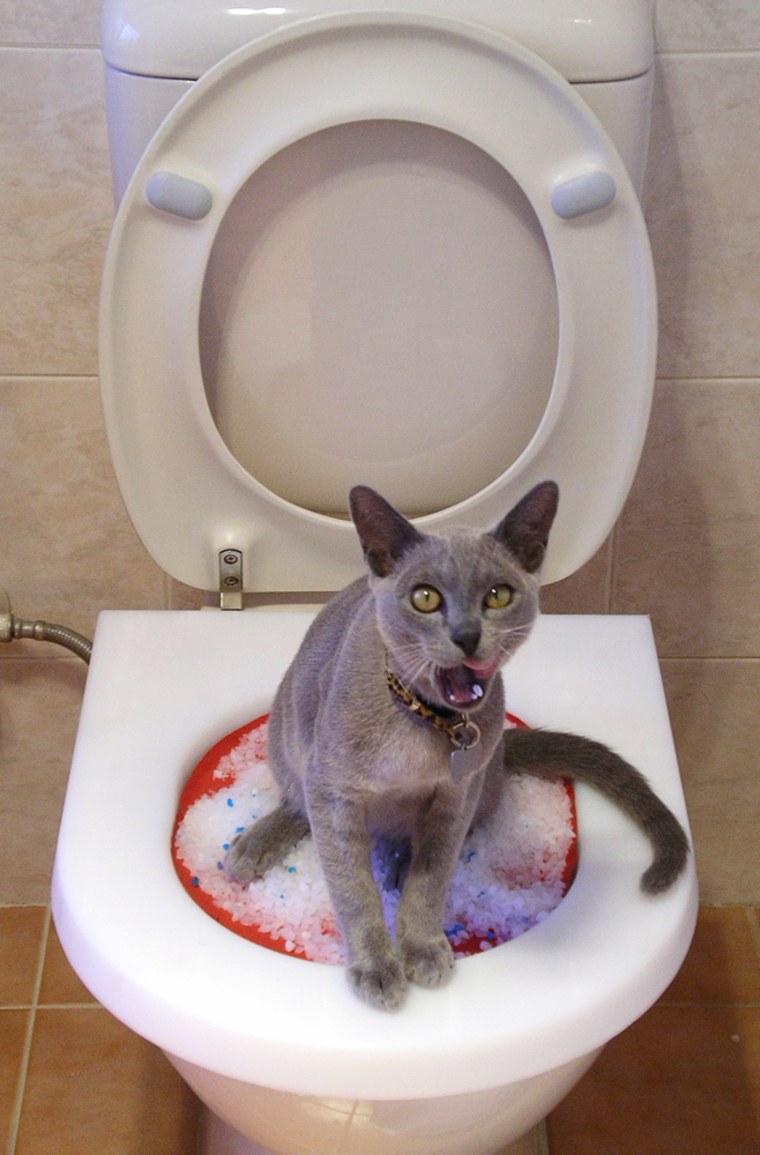Your Value of Proper Disposal of Animal Waste
Your Value of Proper Disposal of Animal Waste
Blog Article
Everyone has their personal idea about Can You Flush Dog and Cat Poo Down the Toilet?.

When it concerns throwing away waste, particularly animal waste, many people frequently resort to the hassle-free alternative of flushing it down the bathroom. Nevertheless, this seemingly very easy remedy can have severe effects for the atmosphere and public health. In this short article, we'll check out why flushing pet waste down the bathroom is a bad concept and offer alternative approaches for appropriate disposal.
Intro
Proper garbage disposal is important for keeping environmental sustainability and public health. While it may appear harmless to flush animal waste down the commode, it can lead to numerous problems, both for the setting and human wellness.
Dangers of flushing pet waste
Ecological impact
Purging animal waste introduces hazardous bacteria and microorganisms into rivers, which can adversely impact water communities. These virus can pollute water sources and damage marine life, interrupting delicate communities.
Public health issues
Animal waste consists of damaging microorganisms such as E. coli and Salmonella, which can present severe health and wellness dangers to human beings. Flushing pet waste down the toilet can infect water materials, leading to the spread of conditions and infections.
Alternatives to flushing
Instead of purging pet waste down the bathroom, there are numerous alternate disposal methods that are a lot more environmentally friendly and sanitary.
Composting
Composting animal waste is a green method to take care of it. By composting, raw material is broken down into nutrient-rich soil, which can be made use of to fertilize yards and plants.
Landfill disposal
Getting rid of animal waste in a landfill is another alternative. While not as eco-friendly as composting, it is a more secure option to flushing, as it prevents the contamination of water sources.
Family pet garbage disposal systems
There are specialized family pet garbage disposal systems offered that securely and hygienically throw away pet waste. These systems usually utilize enzymes to break down waste and get rid of smells.
Actions to proper pet garbage disposal
To make certain proper disposal more info of animal waste, adhere to these actions:
Scooping and landing waste
Routinely scoop and bag animal waste utilizing naturally degradable bags. This protects against waste from contaminating the environment.
Utilizing marked waste bins
Dispose of bagged animal waste in marked waste bins, such as compost bins or landfill containers. Stay clear of flushing it down the bathroom at all prices.
Cleaning up litter boxes and family pet locations routinely
Routinely tidy litter boxes and family pet locations to avoid the buildup of waste and bacteria. Usage pet-safe cleansing products to preserve hygiene.
Advantages of correct disposal methods
Embracing proper disposal methods for animal waste offers a number of advantages:
Reduced environmental pollution
Correct disposal techniques lower the threat of environmental pollution, shielding waterways and ecosystems from contamination
Lessened danger of water contamination.
By staying clear of flushing pet waste down the commode, the threat of water contamination is dramatically lowered, protecting public health.
Enhanced hygiene and hygiene
Proper disposal techniques promote much better cleanliness and hygiene, creating a more secure environment for both people and pets.
Conclusion
Finally, flushing pet waste down the commode is dangerous to the setting and public health. By adopting alternative disposal techniques and complying with proper waste management methods, we can reduce the adverse impact of animal waste and contribute to a cleaner, much healthier earth.
What To Do With Dog Poo – The Do's And Don'ts Of Disposing Of Faeces
Dog poo bins
Some councils provide dedicated dog waste bins in popular dog-walking areas that can take dog poo that has been bagged but you can legally dispose of dog waste in any public litter bin, as long as it is securely bagged. This also applies to your wheelie bin at home.
Do not flush
Water companies do not recommend flushing dog faeces down the toilet because certain parasites can survive the water processing treatment and are potentially harmful to humans. You should also never consider flushing dog poo that has been bagged down the toilet as the bags will not break down and instead create severe blockages in the sewage system.
In the woods
The Forestry Commission promotes a ‘stick and flick’ method for dealing with waste in the woods. This means finding a stick and using it to flick any poo from off the path so that it is out of the way of other walkers. You could also bury it as long as it is not in an area where there might be livestock.
Livestock
Parasites found in dog poo can be transmitted to livestock if they inadvertently eat infected faeces that has been left on grazing land. This could result in the death of sheep or abortion in cattle so you should always make sure you pick up your dog’s waste in fields where livestock could be present.

Routinely tidy litter boxes and family pet locations to avoid the buildup of waste and bacteria. Usage pet-safe cleansing products to preserve hygiene.
Advantages of correct disposal methods
Embracing proper disposal methods for animal waste offers a number of advantages:
Reduced environmental pollution
Correct disposal techniques lower the threat of environmental pollution, shielding waterways and ecosystems from contamination
Lessened danger of water contamination.
By staying clear of flushing pet waste down the commode, the threat of water contamination is dramatically lowered, protecting public health.
Enhanced hygiene and hygiene
Proper disposal techniques promote much better cleanliness and hygiene, creating a more secure environment for both people and pets.
Conclusion
Finally, flushing pet waste down the commode is dangerous to the setting and public health. By adopting alternative disposal techniques and complying with proper waste management methods, we can reduce the adverse impact of animal waste and contribute to a cleaner, much healthier earth.
What To Do With Dog Poo – The Do's And Don'ts Of Disposing Of Faeces
Dog poo bins
Some councils provide dedicated dog waste bins in popular dog-walking areas that can take dog poo that has been bagged but you can legally dispose of dog waste in any public litter bin, as long as it is securely bagged. This also applies to your wheelie bin at home.
Do not flush
Water companies do not recommend flushing dog faeces down the toilet because certain parasites can survive the water processing treatment and are potentially harmful to humans. You should also never consider flushing dog poo that has been bagged down the toilet as the bags will not break down and instead create severe blockages in the sewage system.
In the woods
The Forestry Commission promotes a ‘stick and flick’ method for dealing with waste in the woods. This means finding a stick and using it to flick any poo from off the path so that it is out of the way of other walkers. You could also bury it as long as it is not in an area where there might be livestock.
Livestock
Parasites found in dog poo can be transmitted to livestock if they inadvertently eat infected faeces that has been left on grazing land. This could result in the death of sheep or abortion in cattle so you should always make sure you pick up your dog’s waste in fields where livestock could be present.

We had been shown that article about Why you should never flush dog poop down the toilet from an acquaintance on our other blog. You should take the opportunity to promote this blog post if you appreciated it. I truly appreciate reading our article about 4 Reasons Why Dog Poop Cleanup is Important.
Click Here Report this page